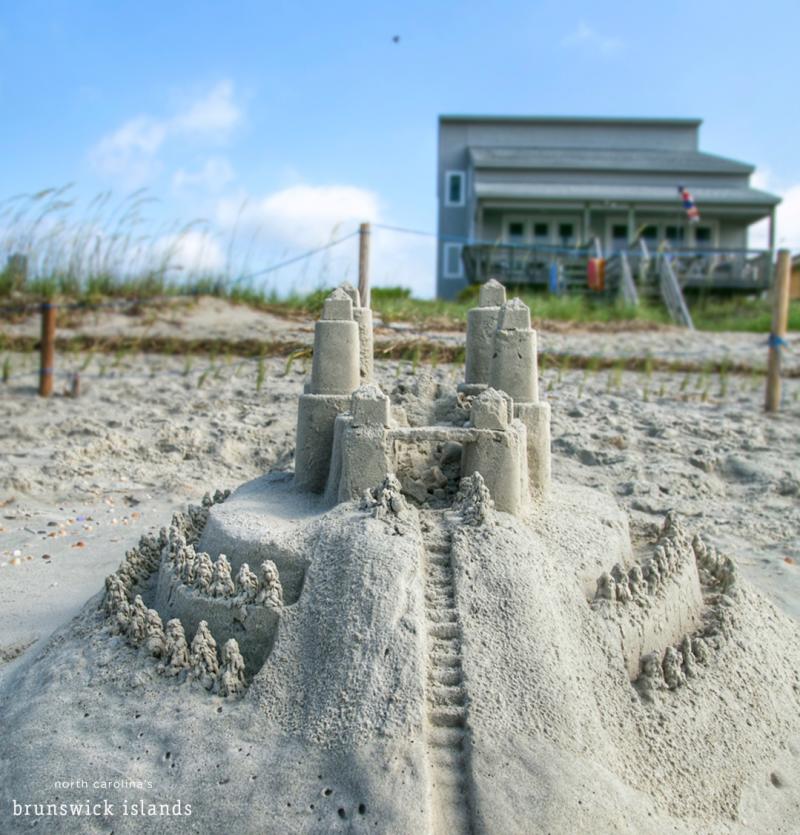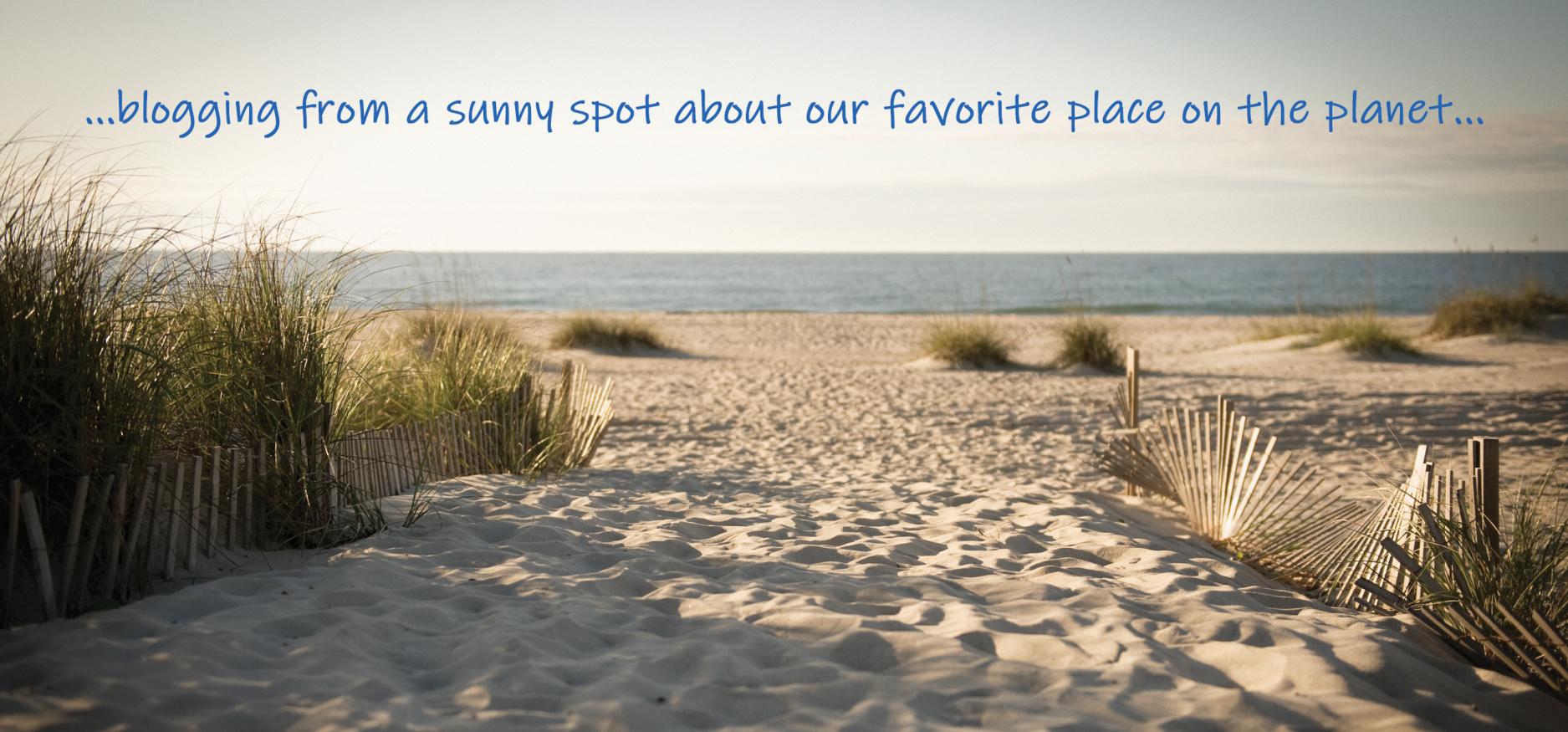It’s summertime! You know what that means: more sunshine, swimming, and, of course, sandcastles! Whether you're 5 or 55, no trip to the beach is complete without a commemorative sand sculpture or castle. With fine, white sand and plenty of room to build, it’s not uncommon to see them dotting the sandy shores of North Carolina's Brunswick Islands. From towering palaces to lovable sea creatures, you can mold practically anything out of the sand here. To create something epic and prevent your creation from crumbling before you even get the chance to snap a picture, keep reading for top tips to build your best sandcastle or sand sculpture yet!

1. Get the right tools. Of course, you can always build a sandcastle with just your bare hands, but there are a few supplies that can help you along in the process. You’re going to want a shovel and bucket to gather sand. Any size bucket works, but experts recommend 5 gallons! Additionally, mechanical pencils or carving tools come in handy when its time to etch in detailed designs.
2. Use lots of water. In order to shape your sculpture, you need the sand to be moist. Using equal parts water and sand should do the trick to keep the sand clumped together while you work.
3. Start with a solid foundation. This step is essential to making your sand sculpture last. The “volcano method” is a tried-and-true technique that’s guaranteed to give your creation a strong base. Start by creating a moat that will surround and protect your artwork by digging a circle around the space you want to use. In the center of the moat, pile sand to create a volcano-like mound with a basin at the top. Pour a bucket of water on top and stomp the volcano to push the water in. Continue to build on top of this elevated base.
4. Sculpt carefully. The sculpting process is essentially the same no matter what structure you want to build out of sand. Start with a huge pile with more sand than you need, pack it tightly, and start carving! It’s important to remember that a sculpture is created by removing sand to create the shape you want. Take your time and have fun with it!
5. Use the pancake method. Much like bricklaying, this method provides sturdy support for your sandcastle. Take handfuls of your sand-water mixture and flatten it to make a stackable layer about an inch thick. Repeat this process to create tall, strong towers, or to give height to your sculpture.
6. Don’t forget to add finishing touches. When carving features, you want to add details from top to bottom so you don’t ruin any of your earlier work. If you really want to perfect your sculpture once you’re finished carving, use a drinking straw to carefully blow off excess sand. Sand sculptures require a high level of detail, so if you don’t have carving tools, you can use everyday household items like spoons, pencils, and brushes.
7. Pick a prime spot. So your hard work doesn’t wash away, make sure to find a spot above the high tide line to create it, but not too far away that you’ll tire yourself out making trips to retrieve water. Another thing to consider is the quality of sand. Compact, powdery sand packs better. The fine, white sand of Brunswick Islands' beaches is ideal for a beautiful, finished product.
8. Show off your skills. Once you’ve perfected these techniques, you can find opportunities to test your skills against other sandcastle and sculpture builders in the big leagues, like the contests held in the Brunswick Islands. Festival by the Sea is one opportunity. The festival, which takes place during the last full weekend in October, features a sandcastle building contest alongside coastal arts and crafts, food vendors, a parade, and more. Looking for a way to test your skills during the summer? The NC 4th of July Festival in Southport typically kicks off with the traditional Oak Island Beach Day, where you can compete in the sandcastle contest or try your hand at the horseshoe tournament, cornhole, and beach volleyball.
Whether you’re looking for a family bonding activity or a creative outlet, sandcastles and sculptures are the perfect solution. So, find a sandy spot on any of the Brunswick Islands beaches, grab your bucket, and start designing! After your sandcastle is complete, be sure to fill in any holes before you leave the beach to help protect the area’s sea turtles. They nest in the sand and can be found laying their eggs from May to August.
Head to ncbrunswick.com for more information on how to plan your trip.

